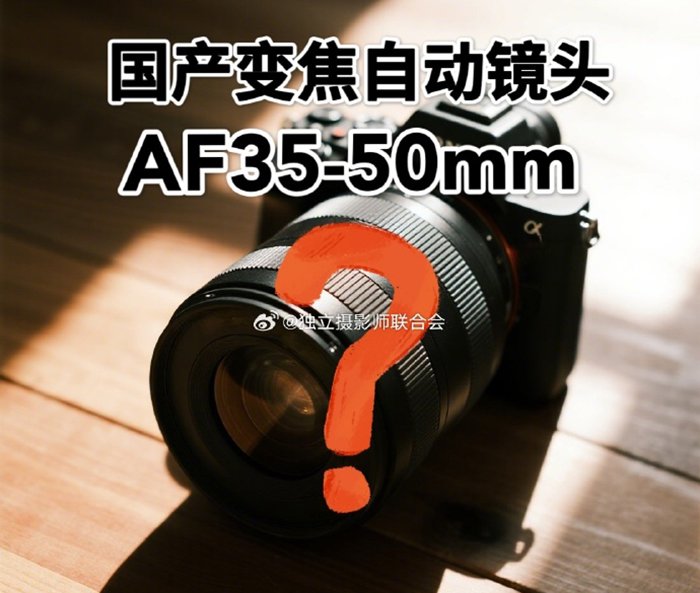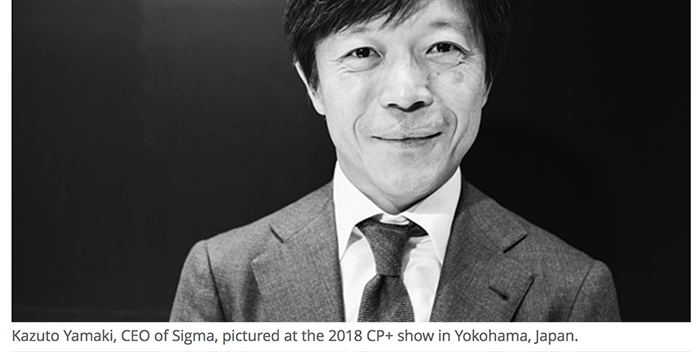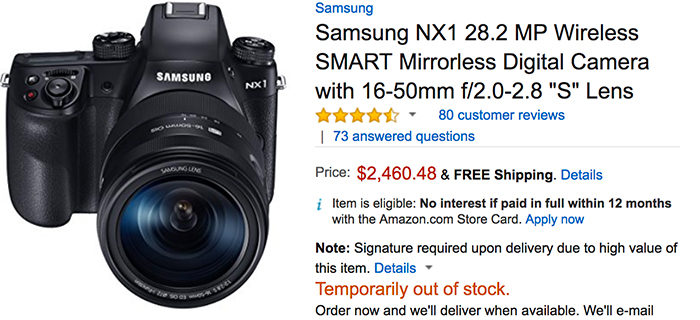Iridient Developer 3.2.2 update adds support for Sony A7 III and RX0 and improved A7rIII pixel shift

Iridient Developer 3.2.2 update released with new RAW processing support for the Sony A7 III and RX0. This update also features greatly improved Sony pixel shift processing:
- New Features:
- Support added for RAW images from the Canon Rebel T7 (2000D/Kiss X90) and 4000D (Rebel T100/3000D).
- Support added for RAW images from the Sony ILCE-7M3 (A7 III) and DSC-RX0 (RX0).
- Support added for RAW images from the Fujifilm X-H1, X-A5 and X-A20.
- Support added for RAW images from the Olympus E-PL9.
- Support added for RAW images from the Panasonic DC-GX9, DC-ZS200 (DC-TZ200) and DC-GF10 (DC-GF90).
- Support added for RAW images from the Phase One 100MP Trichromatic.
- Support added for 3:2 aspect ratio mode RAF images from the Fujifilm GFX 50S which were added in the latest 3.0 firmware update.
- Improvements:
- Improved Sony and Pentax pixel shift processing.
- Improved error message when Sony pixel shift frames are not found for pixel shift processing.
- Faster Sony ARW format loading.
- JPEG export libraries updated to new version (libjpeg-turbo 1.5.3).
–
Thanks Brian!








